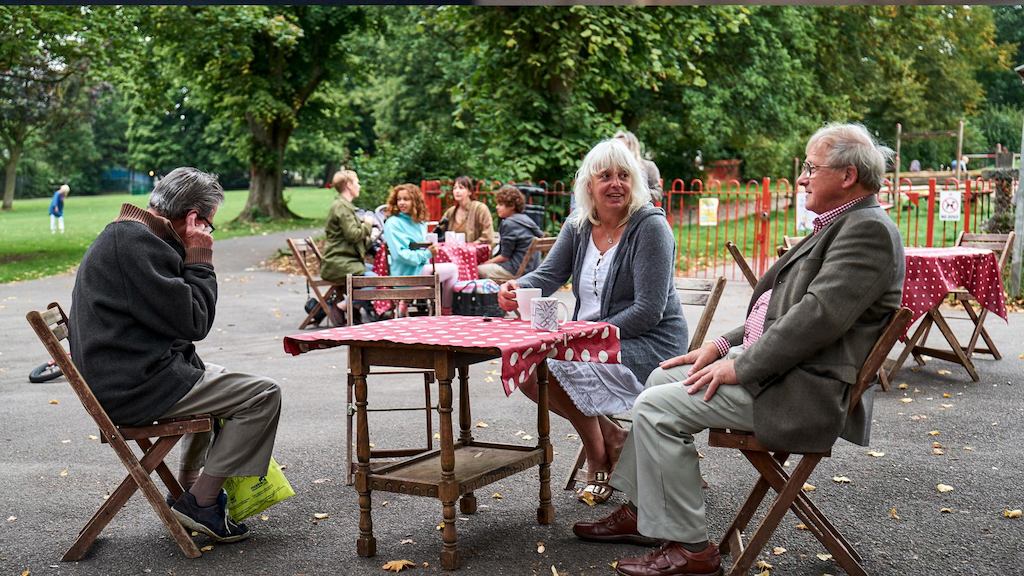As we approach later life, we need opportunities to build strong and supportive relationships across generations and to live in communities that make it easier to stay active and connected. As our lives and needs change as we age, we know that if the community is not supportive there is a danger of older people becoming isolated.
Our communities make a big difference to the quality of our later lives, supporting social connections, promoting healthy activity and making us feel valued, improving our mental health.
Local areas must recognise the importance of creating places that support people to age well. There must be inclusive opportunities for older people to shape their communities, participate in activities and do the things they enjoy and that matter to them.
This is why we use the World Health Organisation’s Age-friendly Communities framework. Our aim is for more people approaching later life to be living in connected communities by helping to create places where social connection can thrive.
UK Network of Age-friendly Communities
The UK Network of Age-friendly Communities encourages and supports places to become more age-friendly. This is done by focusing on the WHO’s Eight Domains, which are the areas of the built and social environment which can help to address barriers and inequalities in ageing well.
The UK Network engages places in England, Scotland, Wales, and Northern Ireland to create a sense of connectedness, bringing together stakeholders, local authorities and local community organisations and providers
Some examples of good practice supported by Age-friendly Communities include:
- Age-friendly and inclusive volunteering: Removing barriers to participation and creating opportunities for people to do the things they enjoy and matter to them, improving people’s well-being and reducing social isolation.
- Brokering collaborations to improve physical infrastructure to support age-friendly transport, planning and design.
- Creating the community infrastructure which supports participation and provides access to the services people need : such as in Leeds Neighbourhood Networks.
